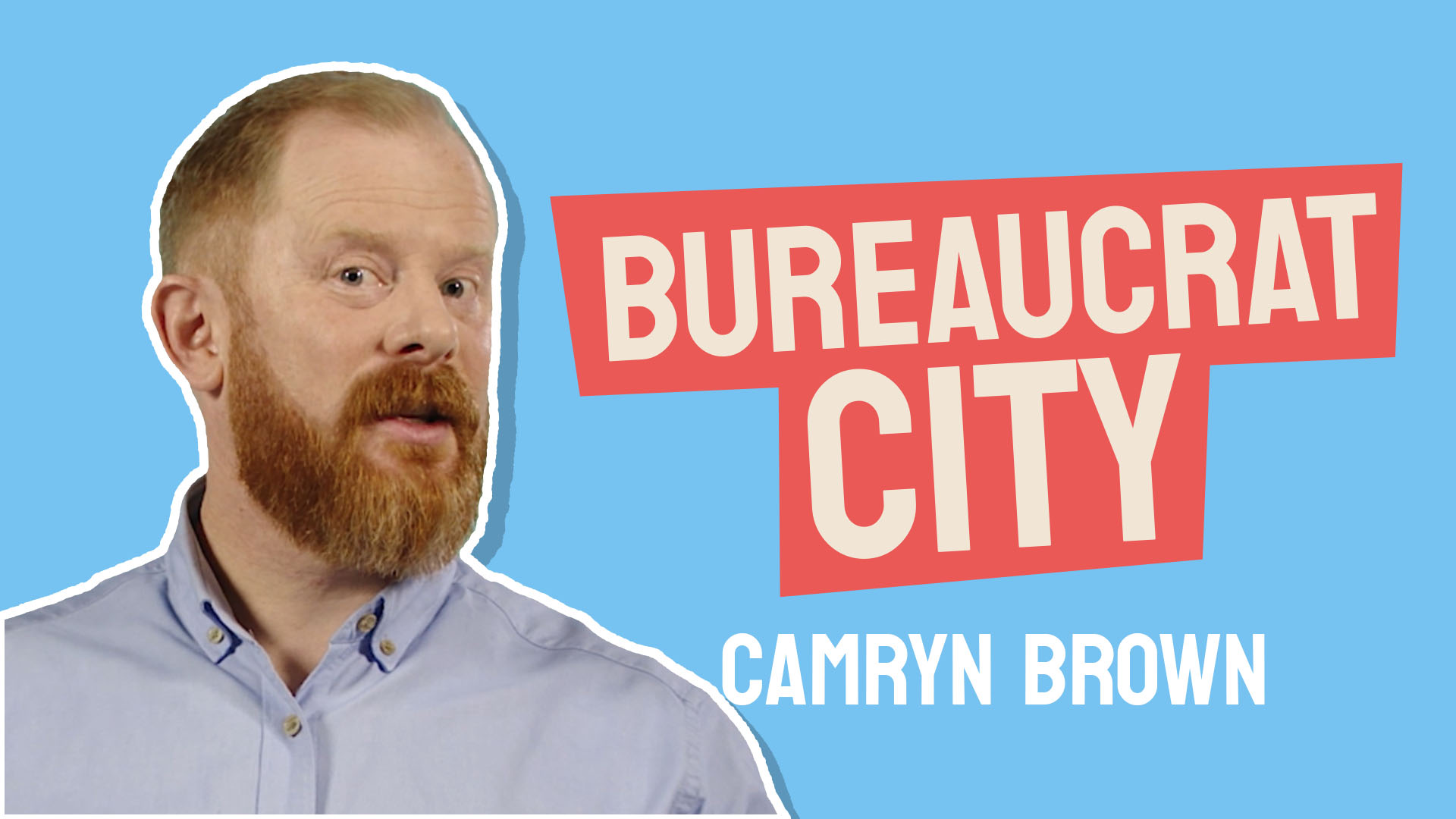Our scary public hospital crisis+
Ian Powell, Health Systems Commentator and Blogger
6 July 2023
On 9 February 2023, TVNZ’s 1News revealed some data that should alarm us all: that our hospitals had hit 100% occupancy more than 600 times in 2022. That is, on average, each day, roughly two public hospitals around the country were running at an occupancy higher than they were resourced for.
If anyone doubts that our public hospitals are in crisis, this fact alone removes any doubt. Arguably it is worse than crisis – it’s a scary crisis +!
A 100% occupancy rate is heaven for hotels. But it is hell for hospitals. Behind it is ‘bed blocking’; that is, patients can’t get admitted to the wards from the emergency department because they are already fully occupied. Emergency Departments become overcrowded. Within the hospital system, diagnoses and treatment are delayed, and planned surgery cancelled. Even the terminally ill are not spared.
How did our hospitals go from crisis in 2017 to scary crisis+ in 2023?
First, health demand has been rising since the 2010s. Specifically, acute patient demand is increasing at a higher rate than population growth. This is due to a combination of increased population, ageing, and poverty-related illnesses. Consequently, hospital occupancy increases, hospitals are overloaded, planned non-acute surgery goes on the back burner, and diagnosis is delayed.
Second, we have widespread health professional shortages. This was inherited by the Labour-led government elected in late 2017 but has been allowed to worsen. For medical specialists, the shortages are around 24%. Shortages are also high for nurses and allied health professionals such as laboratory scientists, psychologists and anaesthetic technicians.
Unfortunately, the government failed to do the two fundamental things required to get out of crisis.
The first was to develop workforce recruitment strategies accompanied by action plans. There is no single labour market in public hospitals. Instead, there is a wide range of different health professional groups, which means a range of different labour markets. This requires both training more and being competitive with the private sector, outside the health system, or Australia.
Second, it needed to change the leadership culture. The more there is a culture of empowering engagement with health professionals, the more decision-making will make both better clinical and financial sense because this is where the relevant expertise is located. But the Health Ministry, at least at its highest levels, was top-down and distant.
Tragically the government ignored both imperatives. Instead, they focussed on further centralising an already centralised health system through massive restructuring. It marginalised the expertise of those within the health system, preferring instead to take the lead from external business consultants. Unlike cultural change, restructuring doesn’t solve crises.
Consequently, we have a new health system largely devised by business consultants. This is akin to panel-beaters designing a roundabout. The main beneficiaries are business consultants or panel-beaters…surprise, surprise.
The new national bureaucracy on the block is Health New Zealand (Te Whatu Ora) established by the Pae Ora Act 2022. Essentially it comprises the part of the Health Ministry previously responsible for funding and planning and all the employees of the former DHBs.
Since 1938 we have had a national health system that recognised that a level of statutory decision-making should reside locally because that is where most community and hospital healthcare was provided. That was thrown out last July and replaced by this new highly centralised vertical system.
The combination of ignoring the increasing pressures on the health system, distraction and destabilisation of restructuring, and the creation of an overly centralised system (which now is going through its own distracting internal restructuring) are behind the current crisis+. Responsibility rests with the poor political leadership by successive governments.
So how do we fix this? There is no magic bullet. Further restructuring is not the solution. The starting point should be putting the patient first through what is known as ‘patient-centred care’. Every non-clinical decision, before proceeding further, should be assessed on whether it advances or hinders patient-centred care.
In this context, the regions and districts within Health New Zealand should be empowered to make decisions relevant to the design and delivery of local hospital services. Claw-back centralisation.
Drilling down further, the regions and districts should be empowered to have a proactive engagement culture with its health professionals. The greatest relevant experience and expertise over how to improve hospital services rests with this workforce.
We need an engagement culture that empowers them to be in the engine room of decision-making; not business consultants. We need an engagement culture that will better enable improved healthcare within hospitals, between hospitals, and with care provided in communities.
The tragedy of the ‘health reforms’ is not just that they threw the baby out with the bathwater. They also threw the bath out. If our hospitals are to be protected and enhanced, the bath, baby and some of the bathwater need to be retrieved.
I’m Ian Powell, Health System Commentator and Blogger for The Common Room.




